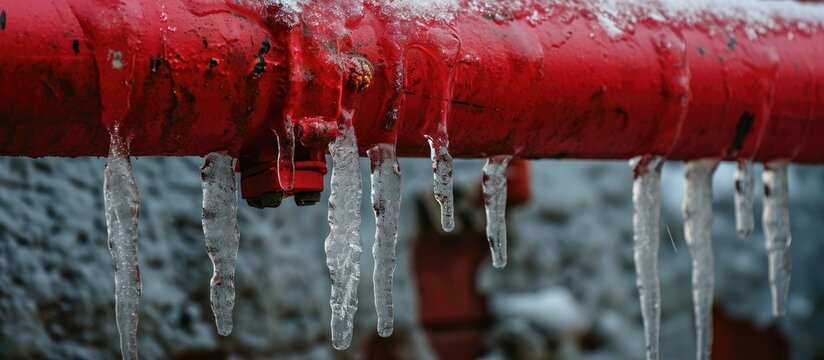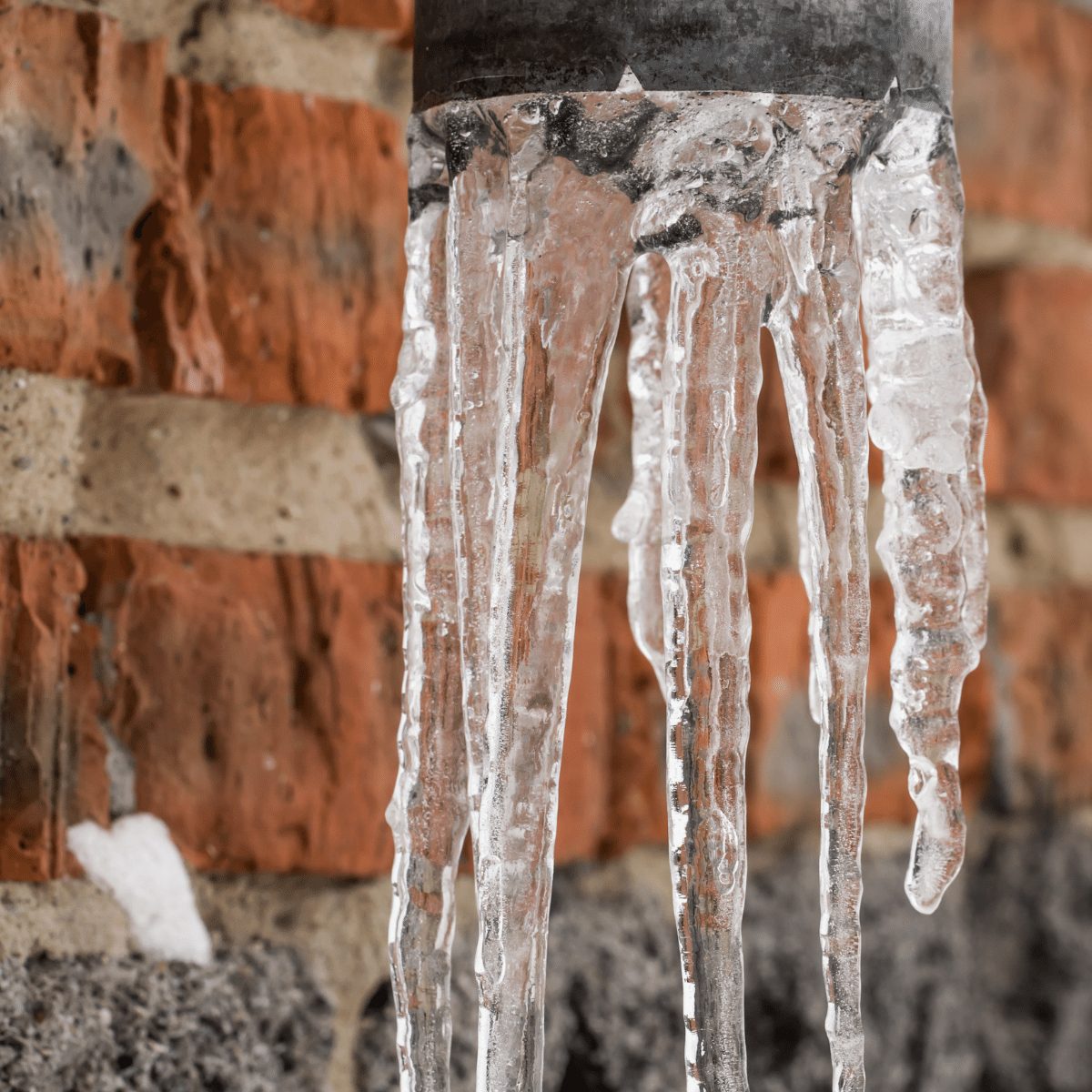The content down below in relation to Preventing and dealing with frozen pipes is incredibly interesting. Don't bypass it.

Winter can wreak havoc on your plumbing, specifically by freezing pipelines. Here's exactly how to stop it from happening and what to do if it does.
Intro
As temperatures decrease, the threat of icy pipes boosts, possibly leading to costly repair services and water damages. Understanding just how to prevent icy pipelines is crucial for property owners in chilly climates.
Prevention Tips
Insulating vulnerable pipes
Wrap pipes in insulation sleeves or use warm tape to safeguard them from freezing temperatures. Concentrate on pipelines in unheated or outside areas of the home.
Home heating methods
Keep interior rooms appropriately heated up, particularly locations with plumbing. Open up cupboard doors to allow cozy air to circulate around pipelines under sinks.
How to determine icy pipes
Seek decreased water flow from taps, uncommon odors or noises from pipelines, and visible frost on subjected pipelines.
Long-Term Solutions
Structural adjustments
Think about rerouting pipelines far from outside wall surfaces or unheated locations. Include added insulation to attic rooms, cellars, and crawl spaces.
Upgrading insulation
Buy high-quality insulation for pipelines, attic rooms, and walls. Correct insulation aids maintain consistent temperatures and decreases the danger of frozen pipes.
Protecting Outdoor Pipes
Yard hose pipes and outdoor taps
Separate and drain garden tubes prior to wintertime. Install frost-proof faucets or cover outdoor taps with protected caps.
Understanding Icy Pipes
What creates pipes to ice up?
Pipes ice up when exposed to temperature levels below 32 ° F (0 ° C) for prolonged periods. As water inside the pipelines ices up, it expands, taxing the pipeline walls and possibly creating them to rupture.
Threats and damages
Frozen pipelines can result in water system disruptions, building damage, and expensive repair services. Ruptured pipelines can flooding homes and trigger considerable architectural damage.
Signs of Frozen Pipeline
Determining frozen pipes early can stop them from breaking.
What to Do If Your Pipelines Freeze
Immediate actions to take
If you think icy pipelines, maintain faucets available to soothe pressure as the ice melts. Use a hairdryer or towels soaked in hot water to thaw pipelines gradually.
Final thought
Avoiding frozen pipelines needs proactive procedures and quick responses. By comprehending the causes, indications, and safety nets, house owners can protect their plumbing throughout cold weather.
5 Ways to Prevent Frozen Pipes
Drain Outdoor Faucets and Disconnect Hoses
First, close the shut-off valve that controls the flow of water in the pipe to your outdoor faucet. Then, head outside to disconnect and drain your hose and open the outdoor faucet to allow the water to completely drain out of the line. Turn off the faucet when done. Finally, head back to the shut-off valve and drain the remaining water inside the pipe into a bucket or container. Additionally, if you have a home irrigation system, you should consider hiring an expert to clear the system of water each year.
Insulate Pipes
One of the best and most cost-effective methods for preventing frozen water pipes is to wrap your pipes with insulation. This is especially important for areas in your home that aren’t exposed to heat, such as an attic. We suggest using foam sleeves, which can typically be found at your local hardware store.
Keep Heat Running at 65
Your pipes are located inside your walls, and the temperature there is much colder than the rest of the house. To prevent your pipes from freezing, The Insurance Information Institute suggests that you keep your home heated to at least 65 degrees, even when traveling. You may want to invest in smart devices that can keep an eye on the temperature in your home while you’re away.
Leave Water Dripping
Moving water — even a small trickle — can prevent ice from forming inside your pipes. When freezing temps are imminent, start a drip of water from all faucets that serve exposed pipes. Leaving a few faucets running will also help relieve pressure inside the pipes and help prevent a rupture if the water inside freezes.
Open Cupboard Doors
Warm your kitchen and bathroom pipes by opening cupboards and vanities. You should also leave your interior doors ajar to help warm air circulate evenly throughout your home.

I'm certainly very taken with Prevent Frozen Pipes and I'm hoping you liked the article. Loved our piece? Please share it. Help somebody else locate it. Thank you for going through it.
Suggested Site
Comments on “How to Protect Your Plumbing from Freezing: Critical Strategies”